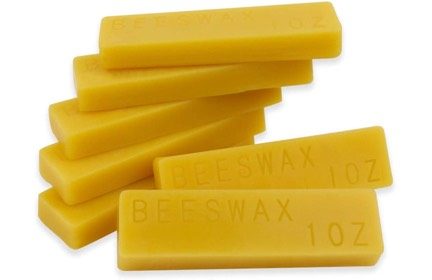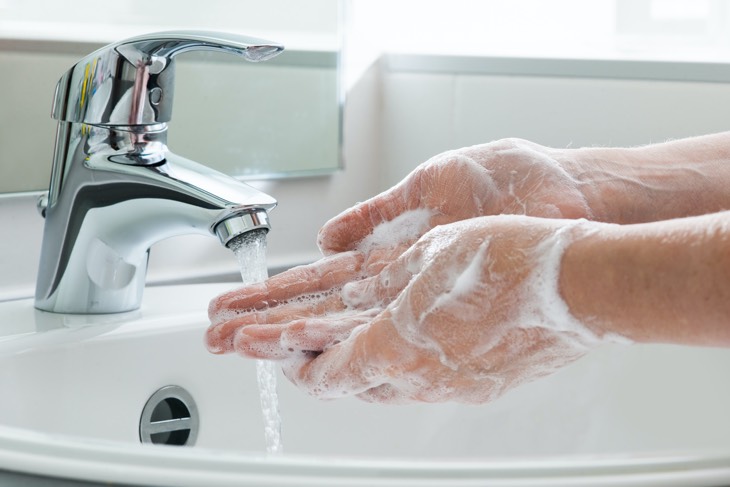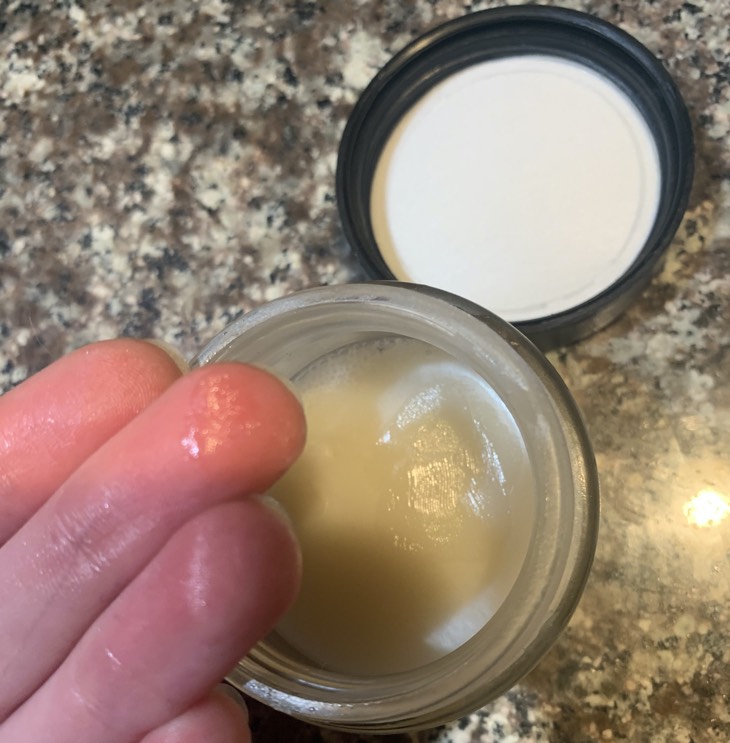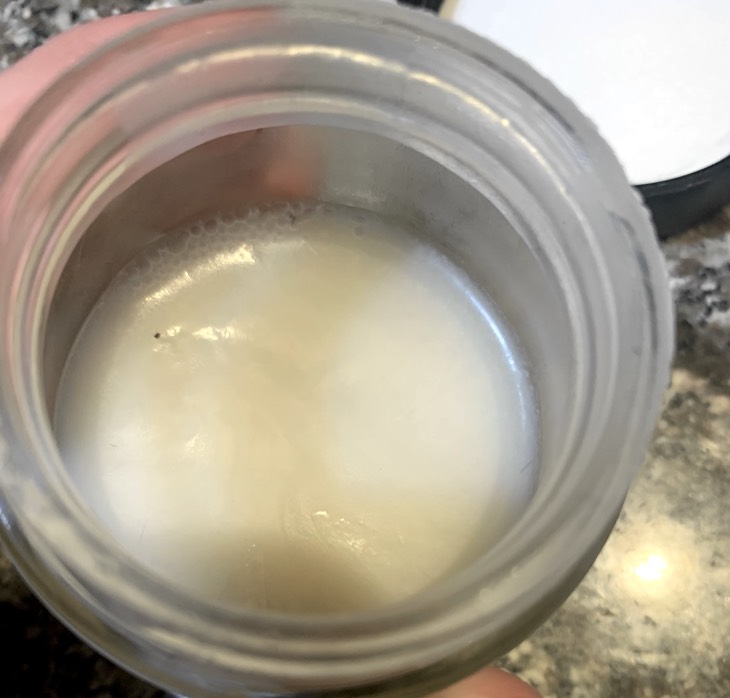Americans across the country are washing their hands more to prevent the spread of COVID-19: in fact, it’s the #1 recommendation from the United States CDC and World Health Organization for preventing the disease’s spread.
While that’s a huge relief, there is one downside to all those soapy suds: skin irritation and dryness.
Alcohol, the most common ingredient in anti-bacterial hand sanitizers, can wash away skin’s natural oils, causing skin to flake and crack. Sulfates, a category of ingredients used to make body products ‘foam’ can also irritate the skin and inflame conditions like eczema. And miscellaneous fragrances and chemicals can cause a multitude of side effects, especially for sensitive skin.
The most cost-effective and safe way to cure skin that’s irritated is to care for it with made-at-home skincare made using ingredients you trust and don’t need to leave the house to find. This article will introduce some of the skincare benefits of common household ingredients, as well as a simple at-home recipe for a luxurious, nutrient-rich hand cream.
Disclaimer: I am not a dermatologist or a medical professional. Please use caution and consult your dermatologist before applying anything to your skin. Also, know that some natural oils and salves are not safe for use during pregnancy, so if that applies to you then consult your doctor before using any of the products or ingredients mentioned, below.
Core recommended ingredients
If you don’t have the following ingredients at home, then the odds are good that they’ll still be in stock at your local supermarket. Amazon and other online retailers also still have stocks of these when we last checked.
Notably, the following oils have a remarkably unpleasant smell when mixed together. So we recommend choosing one of these at a time if you’re picking from this list.
Coconut Oil: I prefer using coconut oil as a base over any other oil because it is lightweight and thin, making it absorb into the skin much more quickly than other oils. It’s also more accessible than jojoba or almond oil, and something you’re likely to have in your pantry for cooking.
Coconut oil is said to have anti-microbial properties, reduce inflammation, and help with wound healing by increasing antioxidants and collagen levels. While we can’t vouch for some of the more extravagant claims made about coconut oil, at the very least it’s a great moisturizer for dry skin and hair if you don’t have any other ingredients on-hand.
Shea butter: Where I live in Northern California, it’s never been difficult to stock up on shea butter at my local farmers markets and natural grocery stores. Shea butter has a multitude of health benefits including its ability to reduce cancer-causing free radicals, enrich the skin with anti-aging vitamins A and E, and aid the recovery of skin rashes, scars, and stretch marks.
Rosehip oil: A helpful, light-weight moisturizing agent great for acne-prone skin, it also has gently exfoliating and collagen-boosting properties from Vitamins A and C that can also help with scarring and healing. It helps protect the skin from UV exposure and is a powerful inflammation fighter, making it an essential for any at-home eczema, dermatitis, or psoriasis treatment.
Peppermint essential oil: Peppermint has remarkable soothing properties, reducing inflammation and sun irritation while giving skin a relaxing cool-down. In addition to having vitamins A and C, it also is rich in potassium and Omega-3 fatty acids, giving it an unique ability to regulate moisture levels in uneven skin. Peppermint oil is especially helpful for hands that are itchy or possibly infected.
Thieves essential oil: Thieves is often considered a great antibacterial substitute for alcohol, though we do not endorse it for fighting coronaviruses. It’s great to add to lotions for an extra germ-fighting boost, though, as you really don’t want a bacterial infection right now, either.
Basic recipe for at-home hand moisturizer
When I make an at-home hand cream, I make one of two varieties: a stable, salve-like product that’s great for travel or to keep in hot places like near my shower (or in a bug-out bag), or a more luxurious, whipped body butter version that stays in my fridge.
For the salve version I add beeswax to the mixture, adding more beeswax the more solid I want the product to be.

Cosmetic grade beeswax
When I make a whipped body butter version, I don’t add any beeswax, and instead add a small amount of cornstarch while whipping so my skin is left with a non-greasy, satin-like texture.
You can also keep the recipe simple with just coconut oil, shea butter, and essential oils for a simple hand lotion.
Ingredients:
- ¼ Cup Coconut Oil
- ⅓ Cup Shea Butter
- ⅛ Cup Beeswax shavings or pellets (optional)
- 2 tbsp Olive Oil
- 1 tsp Rosehip Oil, Peppermint Essential Oil, or Patchouli Essential Oil (optional)
- ⅛ Cup Corn Starch (optional)
Instructions:
- Begin by melting your coconut oil, shea butter, olive oil, and optional beeswax over a low heat. I like to use a double boiler for this, but any method of low-temperature heating will work. If using a double boiler, make sure the pots or bowls are sealed so that no steam can enter the mixture.
- Turn off the heat and let the product cool for five minutes. Then add your essential oil and mix. Essential oils can lose some of their medicinal properties at high heats, so make sure your product has begun to cool, but is still in liquid form.
- If you’re making a salve, pour the product into a sterilized jar and let the product solidify for 6-8 hours before use.
- If whipping, put the liquid mixture in the freezer for approximately 10 minutes or leave it out on a cool counter until you have a warm, soft mixture that has just barely begun to solidify.
- Then, whip the mixture for approximately five minutes, sifting in a small amount of corn starch as you whip until you have a white, whipped-cream looking product.
- Spoon the lotion into a sterilized jar and keep refrigerated until use.
As a final step, remember to not only wash-up, but re-moisturize after your hands are exposed to all that alcohol and soap.
Below are some pictures of the results. We hope this helps fight some of your hand-washing woes!




You are reporting the comment """ by on